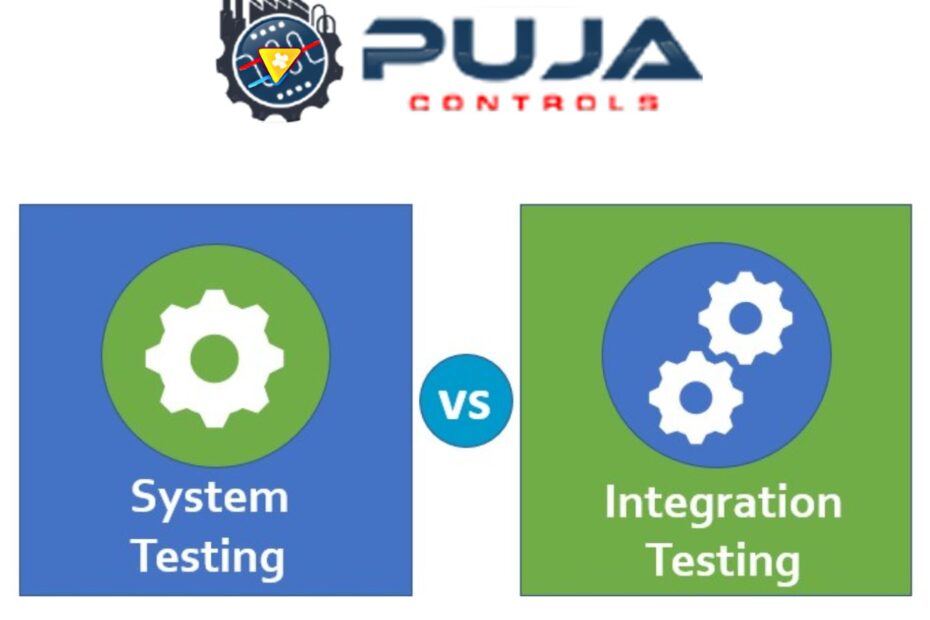In the realm of software development and quality assurance, testing plays a pivotal role in ensuring that products meet the required standards of functionality, reliability, and performance. Among the various methodologies employed, system testing and end-to-end testing are two critical processes aimed at verifying different aspects of a system’s functionality In this article, we will delve into the disparities between system testing and end-to-end testing, elucidating their respective roles, methodologies, and applications.
System Testing:
System testing is a comprehensive evaluation of the entire software system as a whole. It focuses on assessing the system’s compliance with specified requirements and functionality. The primary objective of system testing is to ensure that all components of the software work cohesively and meet the desired objectives.
Key Characteristics of System Testing:
Scope: It examines the behavior of the entire software system, including its individual components, modules, and their interactions.
Isolation: Each component is tested in isolation to verify its functionality and compatibility with other system elements.
Test Environment: It is typically conducted in a controlled environment that simulates the production environment to mimic real-world scenarios accurately.
Test Cases: Test cases are designed to cover various usage scenarios, input combinations, and boundary conditions to uncover defects and ensure robustness.
Validation: The focus is on validating the system against specified requirements, functional specifications, and user expectations.
Tools: Automated testing tools are often utilized to streamline the testing process, enhance efficiency, and ensure thorough coverage.
Applications of System Testing:
Data Acquisition Systems: In the context of data acquisition systems, system testing verifies the functionality and reliability of the system in capturing, processing, and storing data from various sources.
SCADA in Power Systems: System testing plays a crucial role in validating the supervisory control and data acquisition (SCADA) systems used in power grids to monitor, control, and optimize electrical distribution.
Automated Test Engineering: System testing is integral to automated test engineering processes, ensuring the seamless integration and functionality of automated testing frameworks.
End-to-End Testing:
End-to-end testing, as the name suggests, evaluates the entire software application from start to finish, including all its integrated components and subsystems. It simulates real-world user scenarios to validate the flow of data and operations across the entire system.
Key Characteristics of End-to-End Testing:
Scope: It assesses the functionality and performance of the entire software application, including its user interface, backend processes, and external integrations.
Integration: It focuses on verifying the seamless integration and communication between different modules, services, and external systems.
User Scenarios: Test scenarios are designed to mimic real-world user interactions, encompassing various workflows, inputs, and use cases.
Data Flow: It evaluates the flow of data throughout the system, ensuring data consistency, accuracy, and integrity.
Environment: Testing is conducted in an environment that closely resembles the production environment to replicate actual user experiences accurately.
Validation: The primary goal is to validate the end-to-end functionality of the application, including its usability, performance, and reliability.
Applications of End-to-End Testing:
Data Acquisition Solutions: End-to-end testing verifies the effectiveness and reliability of data acquisition solutions in capturing, processing, and delivering data across different stages of the acquisition process.
Real-Time Data Acquisition Systems: For applications requiring real-time data processing, end-to-end testing ensures timely and accurate data transmission and analysis.
SCADA Data Acquisition: In the domain of SCADA systems, end-to-end testing validates the entire data acquisition process, from sensor inputs to control center visualization, ensuring seamless operation and data integrity.
Key Differences:
Scope: System testing focuses on individual components and their interactions within the software system, while end-to-end testing assesses the entire application from user interface to backend processes and external integrations.
Objectives: System testing aims to verify the compliance of system components with specified requirements, whereas end-to-end testing validates the end-to-end functionality, usability, and performance of the application.
Focus: System testing emphasizes component-level functionality and integration, while end-to-end testing prioritizes user scenarios, data flow, and system-wide interactions.
Environment: System testing is often conducted in a controlled environment, while end-to-end testing requires a more realistic production-like environment to simulate actual user experiences and interactions.
Testing Approach: System testing employs a bottom-up or top-down approach to test individual components, while end-to-end testing follows a holistic approach that traverses the entire application stack.
Conclusion:
In conclusion, while system testing and end-to-end testing share the common goal of ensuring software quality and functionality, they differ significantly in scope, focus, and methodology. System testing delves into the intricacies of individual system components, while end-to-end testing provides a holistic view of the application’s behavior across various user scenarios and interactions. Understanding these differences is crucial for devising effective testing strategies and ensuring the reliability and performance of software systems across diverse domains, including data acquisition, SCADA, and automated test engineering. By leveraging the strengths of both methodologies, organizations can mitigate risks, optimize resources, and deliver high-quality software products that meet user expectations and business requirements.

